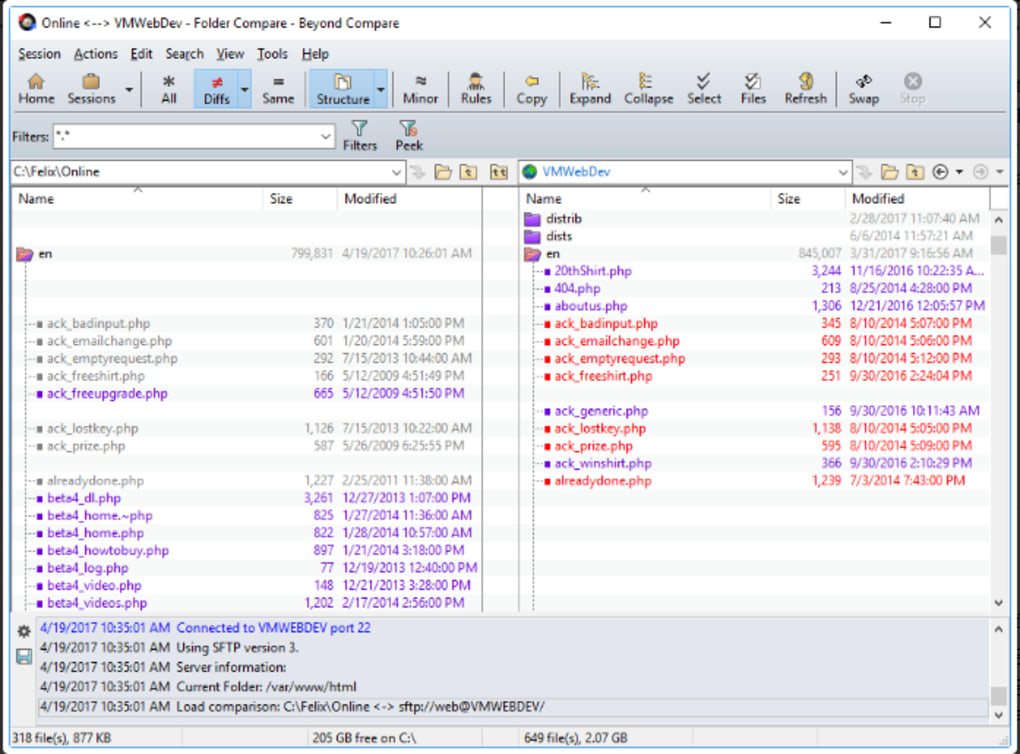
If you just want to check to see if your input file is already sorted, use the -c option: sort -c data.txt If you are using join and sort to process the same input, it is highly recommended that you set LC_ALL to C, which will standardize the localization used by all programs. If you are using the join command in conjunction with sort, be aware that there is a known incompatibility between the two programs - unless you define the locale. performing a "case-insensitive bytewise" sort. and now, the -f/ -ignore-case option has the following effect: A This sets the environment variable LC_ALL to the value C, which will enforce bytewise sorting. Under the default Linux shell, bash, we can accomplish this with the following command: export LC_ALL=C So you might expect sort to arrange its output so that capital letters come before lowercase letters.ĭefining operating system locale is a subject which goes beyond the scope of this page, but for now, it will suffice to say that to achieve bytewise sorting, we need to set the environment variable LC_ALL to C. As you can see from the table, a capital A (" A") is character number 65, and lowercase a (" a") is character number 97. For an example, refer to the United States English ASCII encoding table. Changing the locale settings will affect what characters the operating system is using, and - most relevant to sorting - what order they are encoded in. Each letter in the system is represented in a certain order. In brief, "localization" refers to what language the operating system uses, which at the most basic level defines what characters it uses. This sort is "case-insensitive", and this is the default for GNU sort, which is the version of sort used in GNU/Linux.Īt this point you might be asking yourself, well, if case-insensitive sorting is the default, then what is the " -f/ -ignore-case" option for? The answer has to do with localization settings and bytewise sorting. Sorting this data without any options, like this: sort data.txtĪs you can see, it's sorted alphabetically, with lowercase letters always appearing before uppercase letters. Let's say our input file data.txt contains the following data: a will produce the following output: pearsīut what about situations where you have a mixture of upper- and lower-case letters at the beginning of your lines? In cases like this, the behavior of sort can seem confusing, but really it just needs some more information from you to sort the data the way you want. For example, the following command: sort -r data.txt You can perform a reverse-order sort using the -r flag. Using the -o option is functionally the same as redirecting the output to a file neither one has an advantage over the other. You can also use the built-in sort option -o, which allows you to specify an output file: sort -o output.txt data.txt To check the output, use the cat command: cat output.txt which will not display any output, but will create the file output.txt with the same sorted data from the previous command. files0-from= F Options -b,Ĭonsider only blanks and alphanumeric characters.įold lower case to upper case characters.Ĭompare according to general numerical value. The rules for sorting can be changed according to the options you provide to the sort command these are listed below. Lines starting with a lowercase letter will appear before lines starting with the same letter in uppercase.Lines starting with a letter that appears earlier in the alphabet will appear before lines starting with a letter that appears later in the alphabet.Lines starting with a number will appear before lines starting with a letter.Please provide any additional information below.Sort is a simple and very useful command which will rearrange the lines in a text file so that they are sorted, numerically and alphabetically. What version of TortoiseGit and msysgit are you using? On What is seen instead, is the unchanged file (only the timestamp changed since checkout) with 0 lines added and deleted remaining in the Show Log list even when the refresh button is pressed. But then I would expect, that the files status is corrected, when I do a refresh in the Show Log dialog. If TGit uses the timestamp of files as a fast method to recognize modifications, it would explain this behaviour.
#Beyond compare ignore line endings manual
As it is not listed, when I do a manual git status in the bash.


I would expect, that the file is not listed in the Show Logs modified files list. What is the expected output? What do you see instead?


 0 kommentar(er)
0 kommentar(er)
